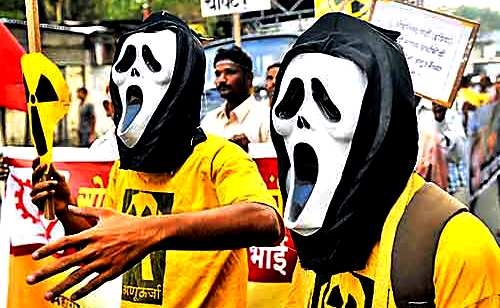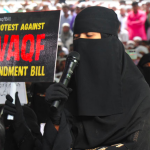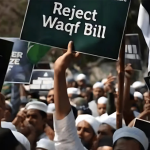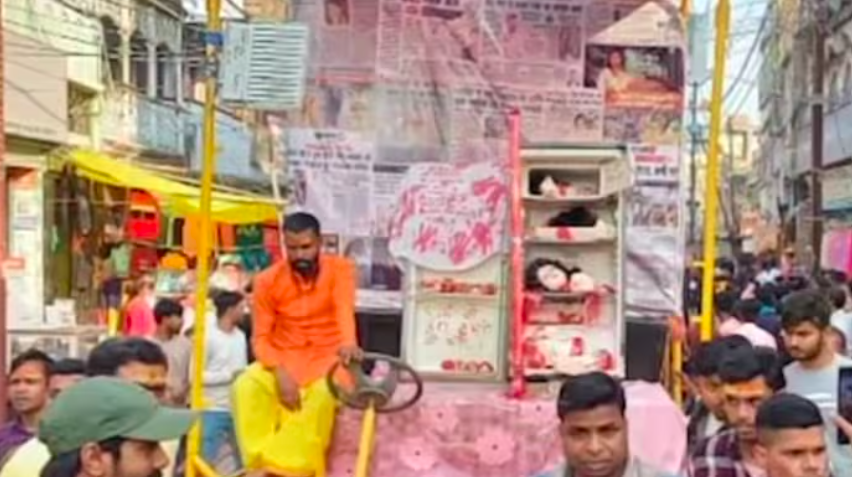SM Fasiullah for BeyondHeadlines
Electricity has become more important these days. Blackout for a few minutes could make us restless. Governments across the globe are ready to grab any opportunity to generate electric power. Among many electric power generation sources, nuclear is seen as a potential one.
Amid controversies and protests that never leave nuclear energy generation, considering whether it is worth generating electricity through nuclear source would be informative and interesting.
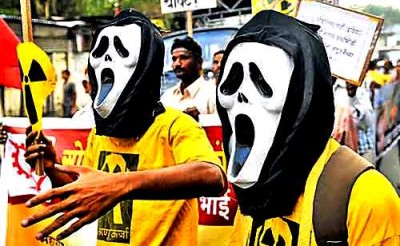 According to an estimate by World Nuclear Association, there are more than 430 commercial nuclear power reactors operating in 31 nations across the globe, having generating capacity of 3,72,000MWe. These reactors provide about 13.5% of the world’s electricity.
According to an estimate by World Nuclear Association, there are more than 430 commercial nuclear power reactors operating in 31 nations across the globe, having generating capacity of 3,72,000MWe. These reactors provide about 13.5% of the world’s electricity.
Nuclear Energy Institute (NEI) notes that 71 new nuclear power plants are being constructed in 14 countries. Overall, 13 nations relied on nuclear energy to supply at least one-quarter of their total electricity.
India currently has 21 nuclear reactors in operation at power stations spread across six states, with a generating capacity of 4,780MWe.
Considering the huge electricity demand in the country, the government may not let any opportunity go to generate power to cater to people. But going for nuclear option is both rewarding and risky.
The country, which depends on nuclear as its fourth-largest source of electricity after thermal, hydroelectric and renewable, drew up an ambitious plan to generate 63,000MW by 2032.
While many nations already tapping nuclear power to generate electricity, environmental organizations and civil groups strongly oppose it primarily after the Fukushima Daiichi nuclear disaster in Japan and the Chernobyl accident in Ukraine.
Greenpeace has always looked at nuclear energy critically chiefly due to the risk and hazards associated with its generation. It strongly believes that “nuclear power is neither safe nor clean. There is no such thing as a ‘safe’ dose of radiation and just because nuclear pollution is invisible doesn’t mean it’s ‘clean’.”
Referring to the Chernobyl report, Greenpeace India Campaigner Karuna Raina earlier stated: “this proves that nuclear technology is inherently dangerous technology with long term consequences. It’s been 25 years since Chernobyl and the food is still contaminated.”
“The tragedy in Japan will have long term consequences too. The Indian government is taking a huge risk while planning these large nuclear reactor parks,” Raina added.
“If we are to avoid the consequences of future disasters like Chernobyl and Fukushima, governments must move to phase out nuclear energy, invest heavily in energy efficiency and harness clean, safe renewable energies for our future.”
Thousands protested against the Kudankulam nuclear power project, but the Supreme Court of India gave nod to begin power generation while clearly stating to get approval for safety from Indian nuclear watchdogs and agencies.
Now a few groups including Bhavnagar Jilla Gram Bachao Samiti (BJGBS), Gujarat Anu-urja Mukti Andolan (GAMA) and Paryavaran Suraksha Samiti (PSS) are protesting against the proposed nuclear project in Gujarat. The project would affect three villages.
Prime Minister Manmohan Singh is scheduled to visit the US this month, and Washington and Nuclear Power Corporation of India Limited (NPCIL) may finalize the deal for the Mithi Virdi Nuclear Power Plant.
In wake of this expected move, the people of these villages are planning to organize a massive rally on 23 September from Mithi Virdi to Bhavnagar (40Kms) to register their protest.
If you are interested about the ongoing struggle against the proposed 6000MW Mithi Virdi Nuclear Power Plant, please refer following links:
Facebook Page: https://www.facebook.com/
EPH Video: http://www.youtube.com/watch?
Village Video: http://www.youtube.com/watch?

